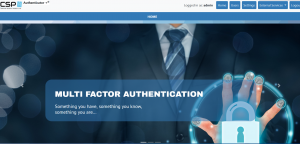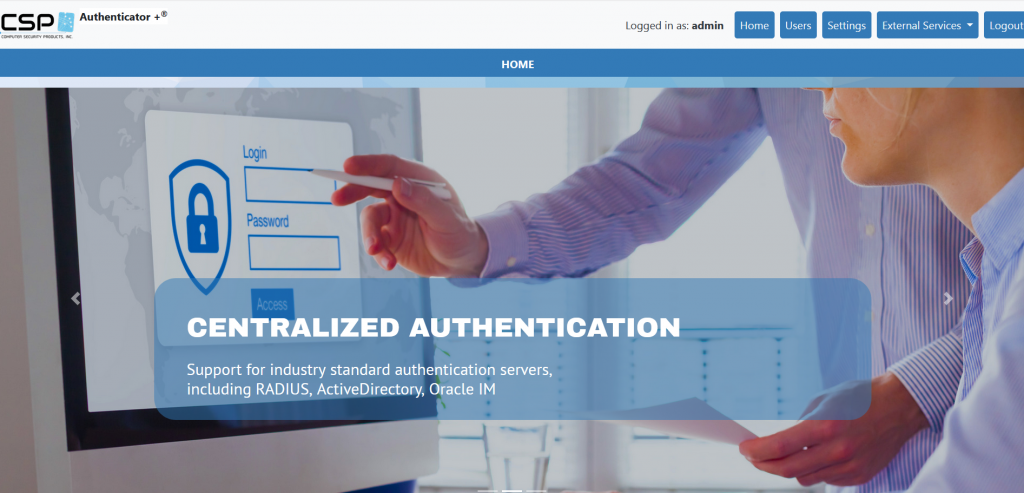Security Considerations For Cloud-Native Applications
Most of us are aware of the immense benefits cloud computing offers in terms of accessibility, scalability of applications, and low infrastructure and maintenance costs.
The advent of SaaS applications has accelerated business and introduced a host of new cybersecurity concerns. New technologies for developing cloud applications such as containers, Kubernetes, and serverless architectures are reshaping how enterprises build and deploy business applications. They have also introduced a new set of risks that you can’t mitigate by applying traditional application security.
Migrating applications from traditional data center IT systems to public cloud infrastructure does not necessitate accepting a weaker security posture in return for the conveniences and other benefits cloud computing platforms offer.
There’s nothing inherently less secure about public cloud infrastructure. Cloud providers follow the highest security and compliance standards, often surpassing what most enterprises can maintain in their own data centers.
However, the security risks that threaten a data center change once applications move to the cloud, whether in a complete migration or in a hybrid scenario where some applications move to the cloud while others remain on-premise.
Security Considerations for Cloud-Native Applications
 Before the rise of DevOps, security teams provided late-stage reviews and guidance before applications moved from development into systems running in production. Security was often engaged only toward the end of the development process, creating significant delays if issues arose that required changes to the application. That is no longer acceptable in today’s more agile development models, where speed and automation rule.
Before the rise of DevOps, security teams provided late-stage reviews and guidance before applications moved from development into systems running in production. Security was often engaged only toward the end of the development process, creating significant delays if issues arose that required changes to the application. That is no longer acceptable in today’s more agile development models, where speed and automation rule.
Developers are under pressure to build and ship applications faster than ever and update applications frequently through automated processes. Corporations are now deploying applications developed on containers straight into production, managing them with orchestration tools such as Kubernetes, and running them in the cloud.
As a result, productivity increases, but so does the risk. Striking a balance between speed and security requires a strategy to proactively address cloud-native security requirements with developers and the operations team to ensure protection is built into the software development lifecycle. That allows an organization to detect security issues earlier in the development lifecycle without slowing down the whole works.
Organizations must implement a central security strategy to ensure secure access to information across the different cloud environments. The unified policies should govern access and control, regardless of whether the security gateways and services are located onsite or on the Cloud.
That is critical since organizations often suffer high-level security breaches due to obsolete, misaligned, or ineffective policies in the context of cloud security controls. Necessary measures are a high priority for establishing and ensuring unified policy enforcement across different environments, whether accessed onsite or via the cloud.
An organization has to consider deploying the right security solutions for cloud-based business operations. Strengthening network and IT infrastructure security are crucial for businesses. When it comes to cloud security, it is not just about simply placing a firewall at the peripheral of the cloud Infrastructure. From a security standpoint, it includes a comprehensive analysis of the current policies, procedures, and security standards that are in place.
Depending on the findings and current security stance, the organization will have to implement numerous security tools, including Intrusion Prevention and Detection Systems, Identity Access Management, and Multi-factor Authentication.
The use of Identity and Access Management (IAM) within cloud application deployments will become more relevant as organizations modernize security approaches and technologies to align with access to the public cloud. Identity management lets you define core identities for all resources and users, provide access to those resources, offer a centralized, enterprise-wide mechanism to store and read those identities, and manage how you can operationally leverage each.
Access management services refer to single sign-on services, role-based access, and access to the platform. That works in conjunction with identity management services by using identity information to grant access based upon authorization. User authentication services are also a keep component of this strategy, which includes multi-factor authentication.
Minimizing Security Gaps With
CSP Authenticator+

Modern authentication methods represent a more robust security structure, and also provide a better user experience when logging into applications. MFA also makes it easier for auditors to get answers to critical compliance questions; providing information such as which users are granted access to which system, and also how the access policy is being reliably enforced. Additionally, some of the modern MFA applications available today also include reporting capabilities, which ensure that compliance standards, such as PCI DSS, are being met.
CSP Authenticator+™ supports numerous authentication factors for NonStop. It provides a RESTful interface that supports multi-factor authenticated logins on NonStop systems. CSP Authenticator+ resides on the NonStop Platform and uses an OSS “bridge” to connect to the RESTful interface of the CSP Authenticator+ web server.

CSP Authenticator+™ Dashboard
CSP Authenticator+ can provide authentication services via Safeguard Authentication SEEP, or Pathway and Non-Pathway servers. Almost any application, including TACL, can now easily support multi-factor authentication (MFA).
Authentication methods such as RADIUS, RSA Cloud, Active Directory, and Open LDAP are supported. Additional authentication methods include RSA SecurID, Email, Text Message, and Google Authenticator. You can now enable MFA logins for different applications, making them more secure!
CSP Authenticator+ Key Features:
- Support for various authentication methods
- Browser-based user-friendly interface
- Standardized authentication across platforms
- Configurable for all or selected users
- Support for virtual addressing
CSP – Compliance at your Fingertips™
For complimentary access to CSP-Wiki®, an extensive repository of NonStop security knowledge and best practices, please visit wiki.cspsecurity.com
We Built the Wiki for NonStop Security ®
+1(905) 568 –8900












